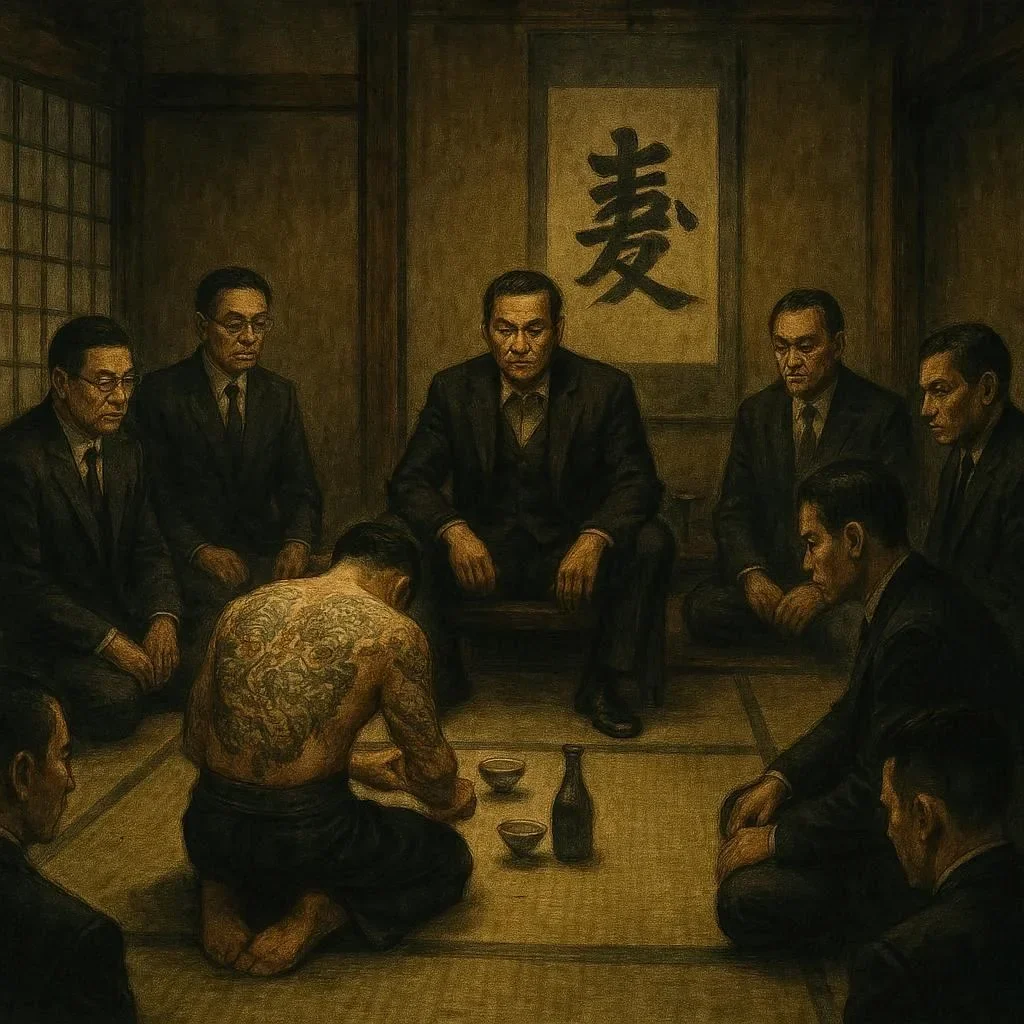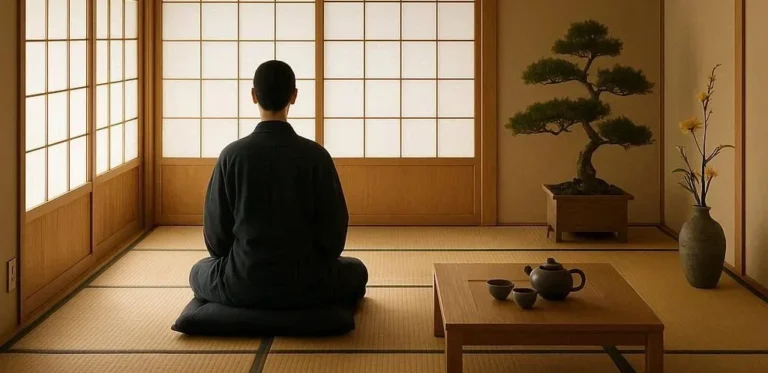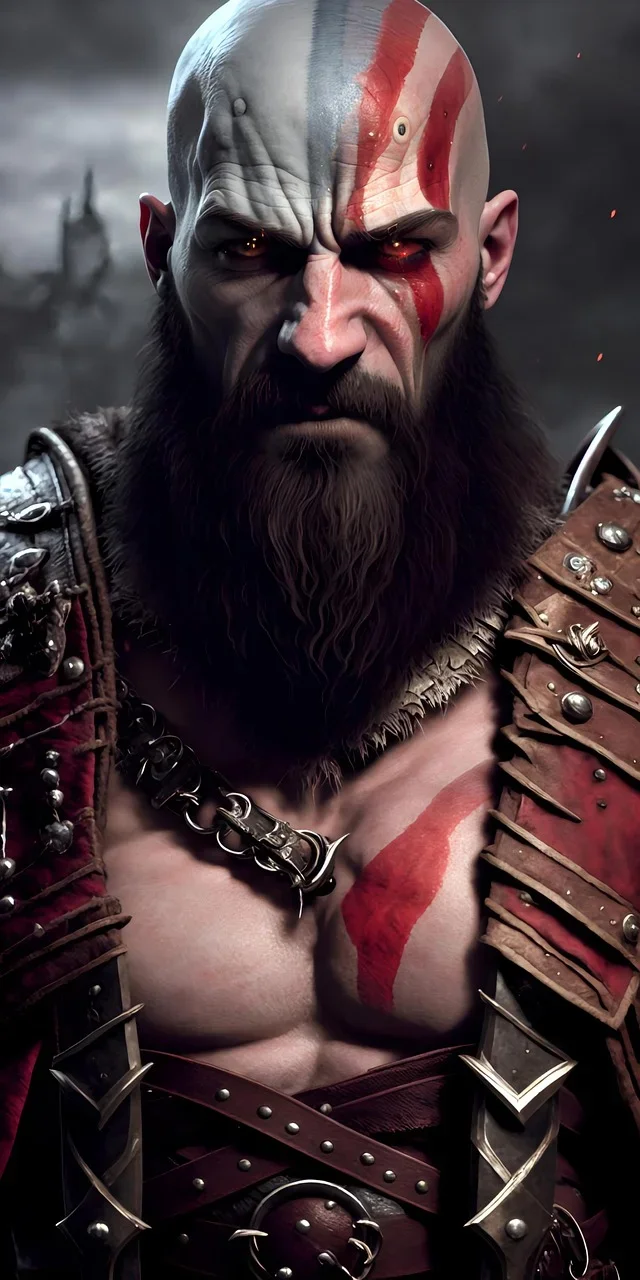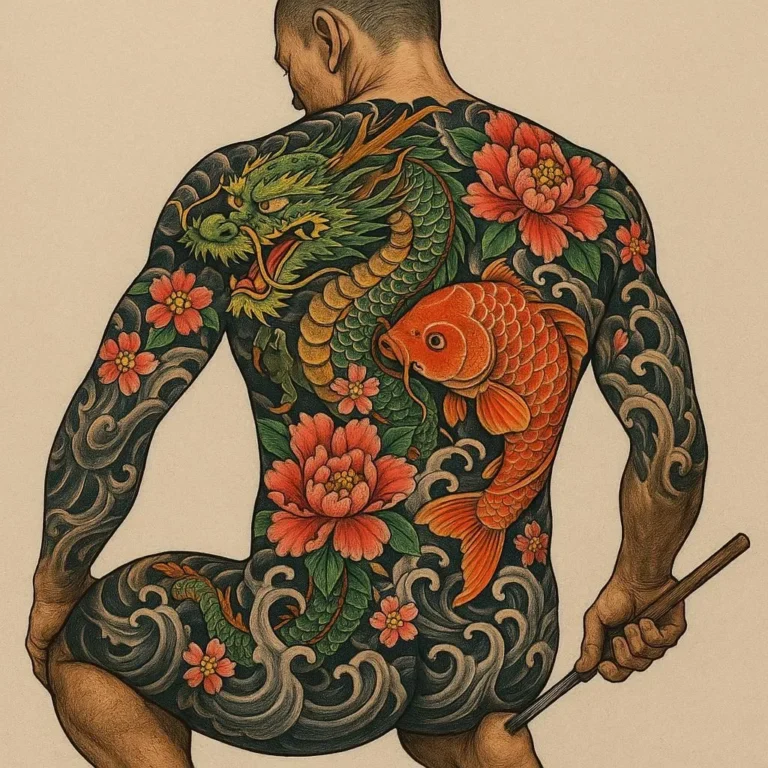504 views The Fall of the Samurai and Japan’s Transition to Modernity
The samurai, once the epitome of honor, loyalty, and martial prowess in Japan, saw their world crumble in the late 19th century. Their downfall marked the end of an era and the beginning of Japan’s rapid transition to modernity. This transformation was not just political or economic but also cultural, reshaping the very fabric of Japanese society. In this blog post, we will explore the historical events that led to the decline of the samurai class, the role of the Meiji Restoration, and how Japan emerged as a modern nation-state from the ashes of feudalism.
The Rise and Glory of the Samurai Class
The samurai class had dominated Japanese society for centuries, serving as both warriors and administrators. They were the enforcers of the shogunate’s rule and the embodiment of bushido, the code of conduct that emphasized courage, loyalty, and discipline. The samurai were not just fighters; they were also scholars, poets, and philosophers, playing a crucial role in shaping Japanese culture.
However, by the 19th century, the samurai class was facing internal and external pressures. The shogunate, led by the Tokugawa family, had ruled Japan since 1603, maintaining a strict feudal system. But the arrival of American Commodore Matthew Perry in 1853, who forcibly opened Japan to the West, exposed the weaknesses of the Tokugawa regime. The samurai, once the defenders of Japan, were ill-equipped to deal with the advanced military technology and economic might of the Western powers.
The Meiji Restoration and the End of Feudalism
The Meiji Restoration of 1868 marked a turning point in Japanese history. The restoration was a revolution that overthrew the Tokugawa shogunate and restored imperial rule under Emperor Meiji. The new government was determined to modernize Japan and catch up with the West. The samurai, who had been the pillars of the old feudal order, found themselves increasingly marginalized.
One of the key measures taken by the Meiji government was the abolition of the samurai class. The government introduced conscription, creating a modern army based on universal military service rather than the traditional warrior class. The samurai stipends were also abolished, leading to widespread poverty among former samurai. Many were forced to adapt to new roles in society, transitioning from warriors to farmers, merchants, or even outcasts.
The Meiji government also embraced Western culture and technology, adopting everything from railroads to Western-style education. The traditional samurai values of bushido were replaced by a new emphasis on nationalism and modernity. The samurai, who had once been the symbols of Japanese tradition, were now seen as relics of a bygone era.
The Consequences of Modernity
The transition to modernity was not without its challenges. The rapid change from a feudal to a modern society created social and economic upheaval. Many samurai, who had been at the top of the social hierarchy, found themselves struggling to adapt to the new order. Some turned to rebellion, such as the Satsuma Rebellion of 1877, led by Saigō Takamori, a former samurai who opposed the abolition of the samurai class and the modernization of Japan.
The Meiji government’s policies also had a profound impact on the economy. The traditional agrarian economy was transformed by the introduction of industrialization and capitalism. The samurai, who had lived off the land and their stipends, were unable to compete in the new economic reality. Many were forced to leave their homes and seek work in the cities, leading to urbanization and the growth of a new middle class.
The Legacy of the Samurai
Despite their downfall, the samurai left a lasting legacy in Japanese culture. The values of bushido—loyalty, honor, and discipline—continue to influence Japanese society today. The samurai’s emphasis on education and self-cultivation also laid the foundation for Japan’s modern education system.
The samurai’s martial traditions have also endured. Martial arts such as karate, judo, and kendo are still practiced around the world, keeping alive the physical and mental disciplines of the samurai. The samurai’s aesthetic sensibilities, reflected in their swords, armor, and calligraphy, continue to inspire artists and designers.
The samurai’s stories and legends have also captured the imagination of people around the world. From the classic novels of Lafcadio Hearn to the films of Akira Kurosawa, the samurai have become iconic figures in world literature and cinema. Their tales of heroism, sacrifice, and honor continue to resonate with audiences today.
Conclusion
The fall of the samurai and Japan’s transition to modernity was a complex and transformative period in Japanese history. The samurai, once the dominant class, were unable to adapt to the rapid changes brought about by the Meiji Restoration. Their decline marked the end of feudalism and the beginning of a new era of modernization and industrialization.
However, the samurai’s legacy endures. Their values of loyalty, honor, and discipline continue to shape Japanese culture, and their martial traditions and aesthetic sensibilities remain an important part of Japan’s identity. As Japan continues to navigate the challenges of the modern world, the lessons of the samurai serve as a reminder of the importance of adaptability, resilience, and cultural preservation.






